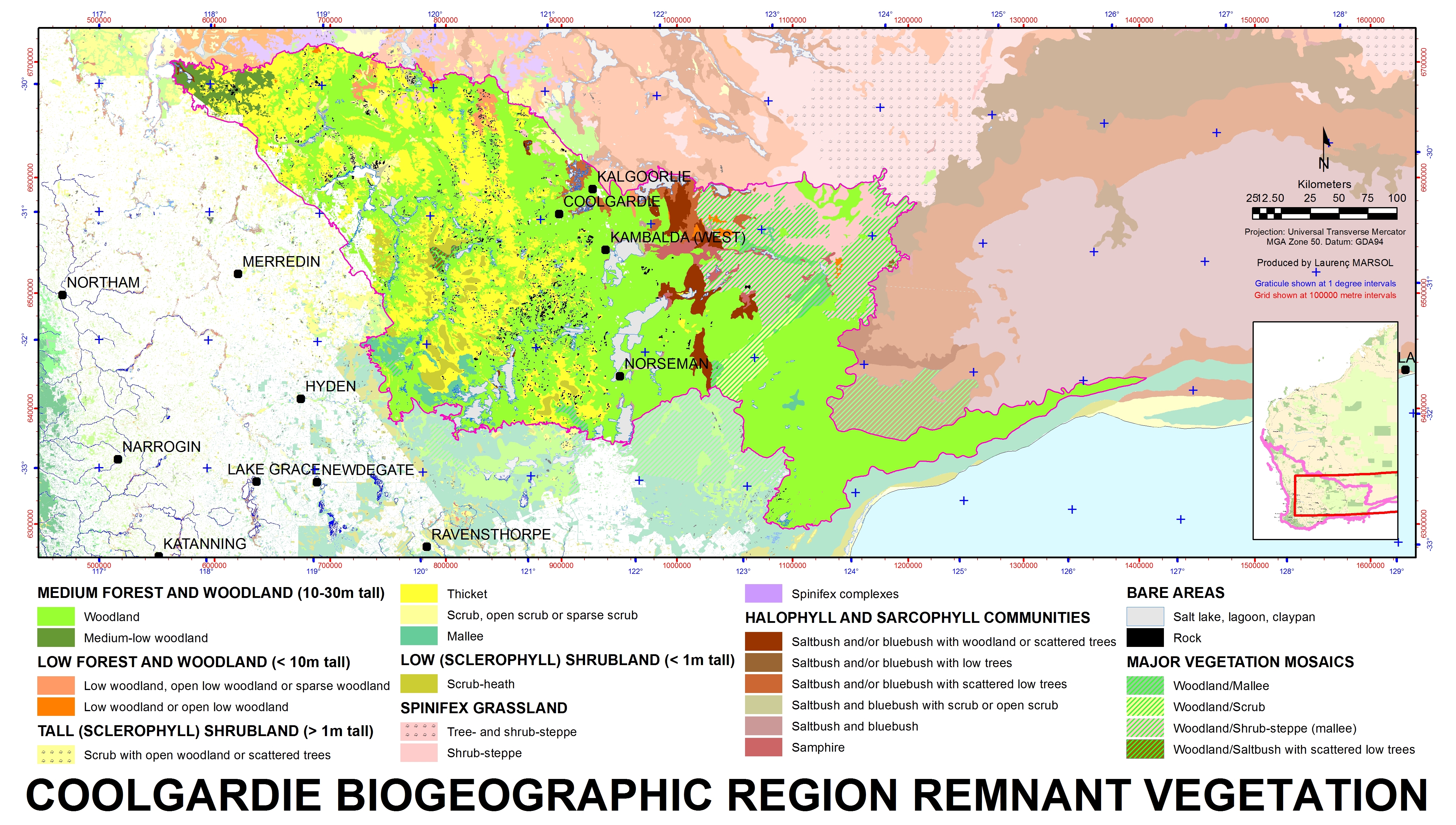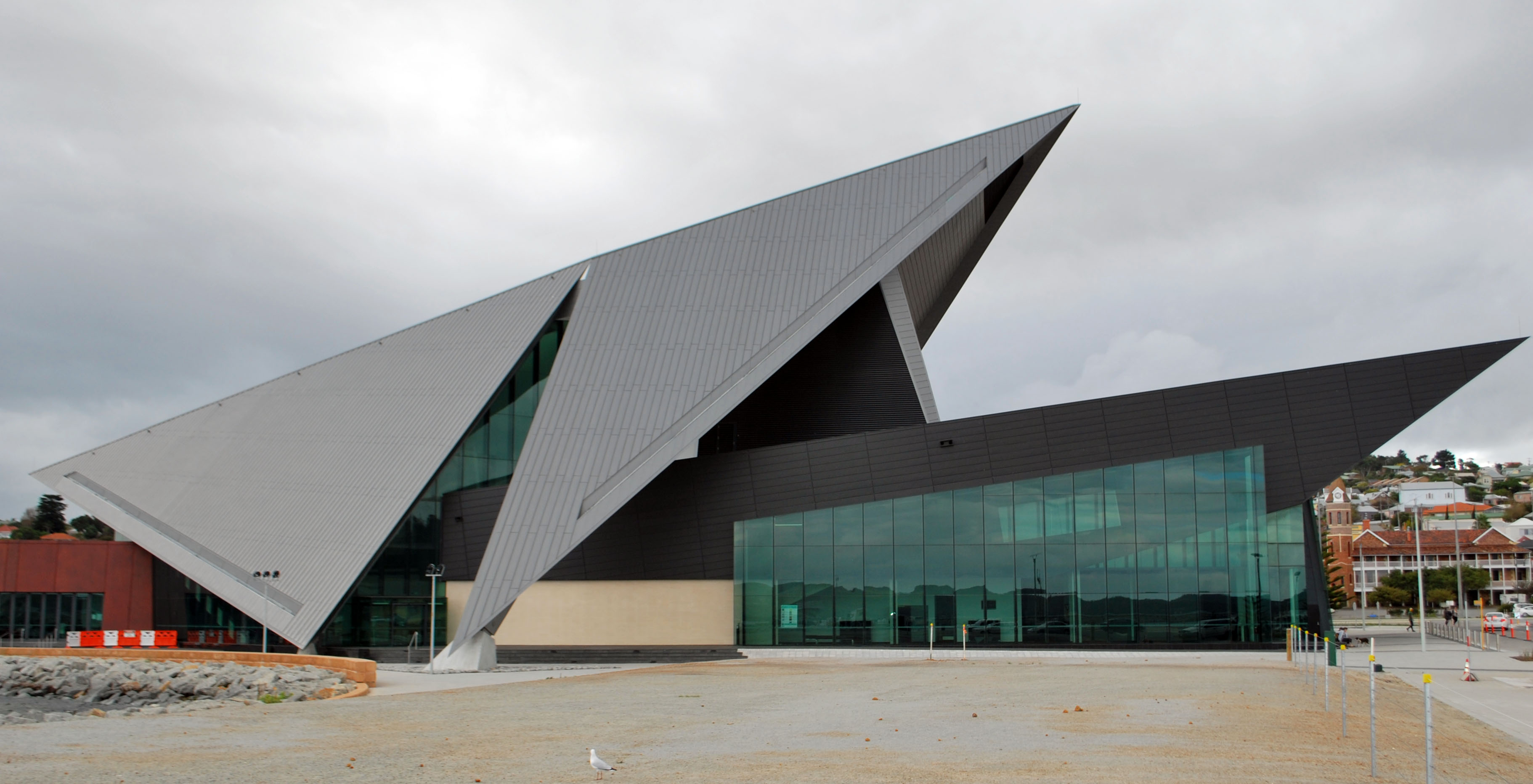|
Pimelea Brevifolia
''Pimelea brevifolia'' is a species of flowering plant in the family Thymelaeaceae and is endemic to the south-west of Western Australia. It is an undershrub or shrub with erect, elliptic leaves, and heads of white flowers surrounded by four involucral bracts. Description ''Pimelea brevifolia'' is an undershrub or shrub that typically grows to a height of . The leaves are erect, elliptic, long and wide and sessile or on a petiole up to long. The flowers are borne in heads on a peduncle mostly long and surrounded by four egg-shaped to broadly elliptic involucral bracts long and wide. The flowers are bisexual or female, usually white and glabrous inside, the floral tube long. The sepals are egg-shaped, long, the stamens shorter than the sepals and the style usually protrudes by up to long. Flowering occurs from July to October. Taxonomy and naming ''Pimelea brevifolia'' was first formally described in 1810 by Robert Brown in his book '' Prodromus Florae Novae Hol ... [...More Info...] [...Related Items...] OR: [Wikipedia] [Google] [Baidu] |
Robert Brown (botanist, Born 1773)
Robert Brown (21 December 1773 – 10 June 1858) was a Scottish botanist and paleobotanist who made important contributions to botany largely through his pioneering use of the microscope. His contributions include one of the earliest detailed descriptions of the cell nucleus and cytoplasmic streaming; the observation of Brownian motion; early work on plant pollination and fertilisation, including being the first to recognise the fundamental difference between gymnosperms and angiosperms; and some of the earliest studies in palynology. He also made numerous contributions to plant taxonomy, notably erecting a number of plant families that are still accepted today; and numerous Australian plant genera and species, the fruit of his exploration of that continent with Matthew Flinders. Early life Robert Brown was born in Montrose on 21 December 1773, in a house that existed on the site where Montrose Library currently stands. He was the son of James Brown, a minister i ... [...More Info...] [...Related Items...] OR: [Wikipedia] [Google] [Baidu] |
Nuytsia (journal)
''Nuytsia'' is a peer-reviewed scientific journal published by the Western Australian Herbarium. It publishes papers on systematic botany, giving preference to papers related to the flora of Western Australia. Nearly twenty percent of Western Australia's plant taxa have been published in ''Nuytsia''. The journal was established in 1970 and has appeared irregularly since. The editor-in-chief An editor-in-chief (EIC), also known as lead editor or chief editor, is a publication's editorial leader who has final responsibility for its operations and policies. The highest-ranking editor of a publication may also be titled editor, managing ... is Kevin Thiele. ''Nuytsia'' is named after the monospecific genus ''Nuytsia'', whose only species is '' Nuytsia floribunda'', the Western Australian Christmas tree. Occasionally, the journal has published special issues, such as an issue in 2007 substantially expanding described species from Western Australia. Publication details The record ... [...More Info...] [...Related Items...] OR: [Wikipedia] [Google] [Baidu] |
Norseman, Western Australia
Norseman is a town located in the Goldfields-Esperance region of Western Australia along the Coolgardie-Esperance Highway, east of Perth and above sea level. It is also the starting point of the Eyre Highway, and the last major town in Western Australia before the South Australian border to the east. At the 2021 census, Norseman had a population of 562, of which 17% were Australian Aboriginal. History The quest for gold led to the establishment of Norseman, on the traditional land of the Ngadju. Today there are a number of small goldmining operations in the area but only the Central Norseman Gold Corporation can be considered a major producer. Gold was first found in the Norseman area in 1892, about 10 km south of the town, near Dundas. The "Dundas Field" was proclaimed in August 1893 and a townsite gazetted there. In August 1894, Lawrence Sinclair, his brother George Sinclair, and Jack Alsopp discovered a rich gold reef which Sinclair named after his horse, Hardy No ... [...More Info...] [...Related Items...] OR: [Wikipedia] [Google] [Baidu] |
Mallee Bioregion
Mallee, also known as Roe Botanical District, is a biogeographic region in southern Western Australia. Located between the Esperance Plains, Avon Wheatbelt and Coolgardie bioregions, it has a low, gently undulating topography, a semi-arid mediterranean climate, and extensive ''Eucalyptus'' mallee vegetation. It has an area of . About half of the region has been cleared for intensive agriculture. Recognised as a region under the Interim Biogeographic Regionalisation for Australia (IBRA), it was first defined by John Stanley Beard in 1980. Geography and geology The Mallee region has a complex shape with tortuous boundaries, but may be roughly approximated as the triangular area south of a line from Bruce Rock to Eyre, but not within 40 kilometres (25 mi) of the south coast, except at its eastern limits. It has an area of about 79000 square kilometres (31000 mi²), making it about a quarter of the South West Botanic Province, 3% of the state, and 1% of Australia. It ... [...More Info...] [...Related Items...] OR: [Wikipedia] [Google] [Baidu] |
Jarrah Forest
Jarrah forest is tall open forest in which the dominant overstory tree is '' Eucalyptus marginata'' (jarrah). The ecosystem occurs only in the Southwest Botanical Province of Western Australia Western Australia (commonly abbreviated as WA) is a state of Australia occupying the western percent of the land area of Australia excluding external territories. It is bounded by the Indian Ocean to the north and west, the Southern Ocean to .... It is most common in the biogeographic region named in consequence Jarrah Forest. Most jarrah forest contains at least one other co-dominant overstory tree; association with '' Corymbia calophylla'' is especially common, and results in which is sometimes referred to as jarrah-marri forest. Considerable amount of research delineates northern, central and southern jarrah forestStrelein, G. J. (1988) ''Site classification in the Southern jarrah forest of Western Australia'' Como, W.A. Dept. of Conservation and Land Management, Western Austral ... [...More Info...] [...Related Items...] OR: [Wikipedia] [Google] [Baidu] |
Esperance Plains
Esperance Plains, also known as Eyre Botanical District, is a biogeographic region in southern Western Australia on the south coast between the Avon Wheatbelt and Hampton bioregions, and bordered to the north by the Mallee region. It is a plain punctuated by granite and quartz outcrops and ranges, with a semi-arid Mediterranean climate and vegetation consisting mostly of mallee-heath and proteaceous scrub. About half of the region has been cleared for intensive agriculture. Recognised as a bioregion under the Interim Biogeographic Regionalisation for Australia (IBRA), it was first defined by John Stanley Beard in 1980. Geography and geology The Esperance Plains may be roughly approximated as the land within of the coast between Albany and Point Culver on the south coast of Western Australia. It has an area of about , making it about 9% of the South West Province, 1% of the state, and 0.3% of Australia. It is bounded to the north by the Mallee region, and to the wes ... [...More Info...] [...Related Items...] OR: [Wikipedia] [Google] [Baidu] |
Coolgardie Bioregion
Coolgardie is an Australian bioregion consisting of an area of low hills and plains of infertile sandy soil in Western Australia. It has an area of . It includes much of the Great Western Woodlands. Location and description This is a transition zone between the Mediterranean climate of Australia's south-west coast and the country's dry interior. The poor soil makes it unsuitable for agriculture but Coolgardie has been a gold and nickel mining area. It is bounded on the north by the arid Murchison bioregion, characterised by open Mulga woodlands and steppe. The low shrublands of the arid Nullarbor Plain lie to the east. The Mallee bioregion adjoins Coolgardie on the south. The Avon Wheatbelt bioregion is to the west. The Coolgardie bioregion, together with the coastal Hampton bioregion to the southeast, constitute the Coolgardie woodlands ecoregion defined by the World Wildlife Fund. Flora and fauna The low hills are home to woodland of endemic species of eucal ... [...More Info...] [...Related Items...] OR: [Wikipedia] [Google] [Baidu] |
Israelite Bay
Israelite Bay is a bay and locality on the south coast of Western Australia. Situated in the Shire of Esperance local government area, it lies east of Esperance and the Cape Arid National Park, within the Nuytsland Nature Reserve and the Great Australian Bight. Point Malcolm is about west of Israelite Bay, and there is a long sandy beach there. Climate data was recorded at Israelite Bay from 1885 to 1927, and it is frequently mentioned in Bureau of Meteorology weather reports as a geographical marker. It was the site of a significant telegraph station in the early 1900s. It was also a location serviced by the W.A. Government State Steamship Service, the South Coast Service, in the early 1900s. The Eastern Group, the eastern-most islands of the Recherche Archipelago, identified by Matthew Flinders Captain Matthew Flinders (16 March 1774 – 19 July 1814) was a British navigator and cartographer who led the first inshore circumnavigation of mainland Australia, t ... [...More Info...] [...Related Items...] OR: [Wikipedia] [Google] [Baidu] |
Albany, Western Australia
Albany ( ; nys, Kinjarling) is a port city A city is a human settlement of notable size.Goodall, B. (1987) ''The Penguin Dictionary of Human Geography''. London: Penguin.Kuper, A. and Kuper, J., eds (1996) ''The Social Science Encyclopedia''. 2nd edition. London: Routledge. It can be def ... in the Great Southern region in the Australian state of Western Australia, southeast of Perth, the state capital. The city centre is at the northern edge of Princess Royal Harbour, which is a part of King George Sound. The central business district is bounded by Mount Clarence to the east and Mount Melville to the west. The city is in the local government area of the City of Albany. While it is the oldest colonial, although not European, settlement in Western Australia - predating Perth and Fremantle by over two years - it was a exclave, semi-exclave of New South Wales for over four years until it was made part of the Swan River Colony. The settlement was founded on 26 Dece ... [...More Info...] [...Related Items...] OR: [Wikipedia] [Google] [Baidu] |
Lake Grace
A lake is an area filled with water, localized in a basin, surrounded by land, and distinct from any river or other outlet that serves to feed or drain the lake. Lakes lie on land and are not part of the ocean, although, like the much larger oceans, they do form part of the Earth's water cycle. Lakes are distinct from lagoons, which are generally coastal parts of the ocean. Lakes are typically larger and deeper than ponds, which also lie on land, though there are no official or scientific definitions. Lakes can be contrasted with rivers or streams, which usually flow in a channel on land. Most lakes are fed and drained by rivers and streams. Natural lakes are generally found in mountainous areas, rift zones, and areas with ongoing glaciation. Other lakes are found in endorheic basins or along the courses of mature rivers, where a river channel has widened into a basin. Some parts of the world have many lakes formed by the chaotic drainage patterns left over from the ... [...More Info...] [...Related Items...] OR: [Wikipedia] [Google] [Baidu] |
.jpg)




